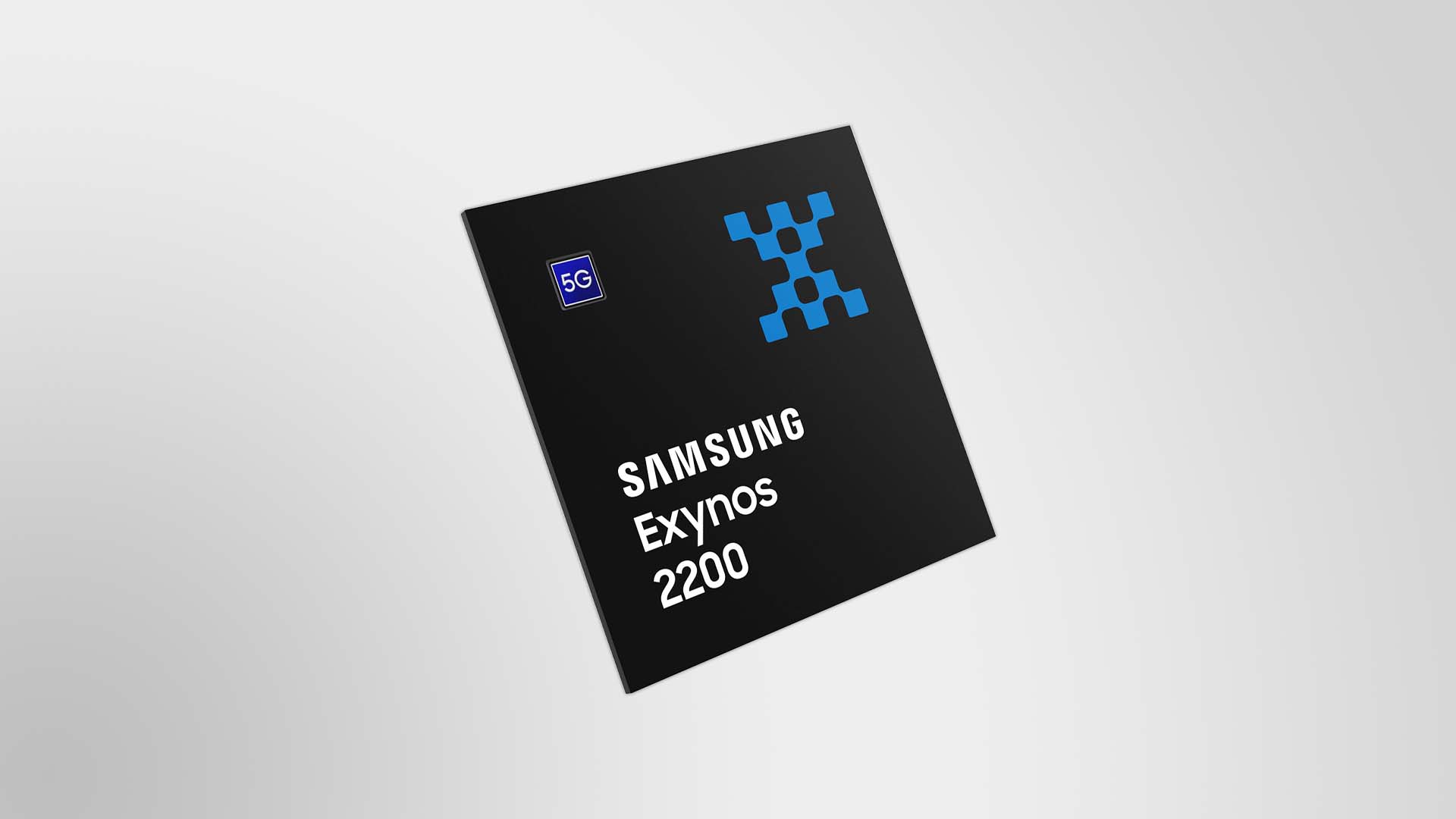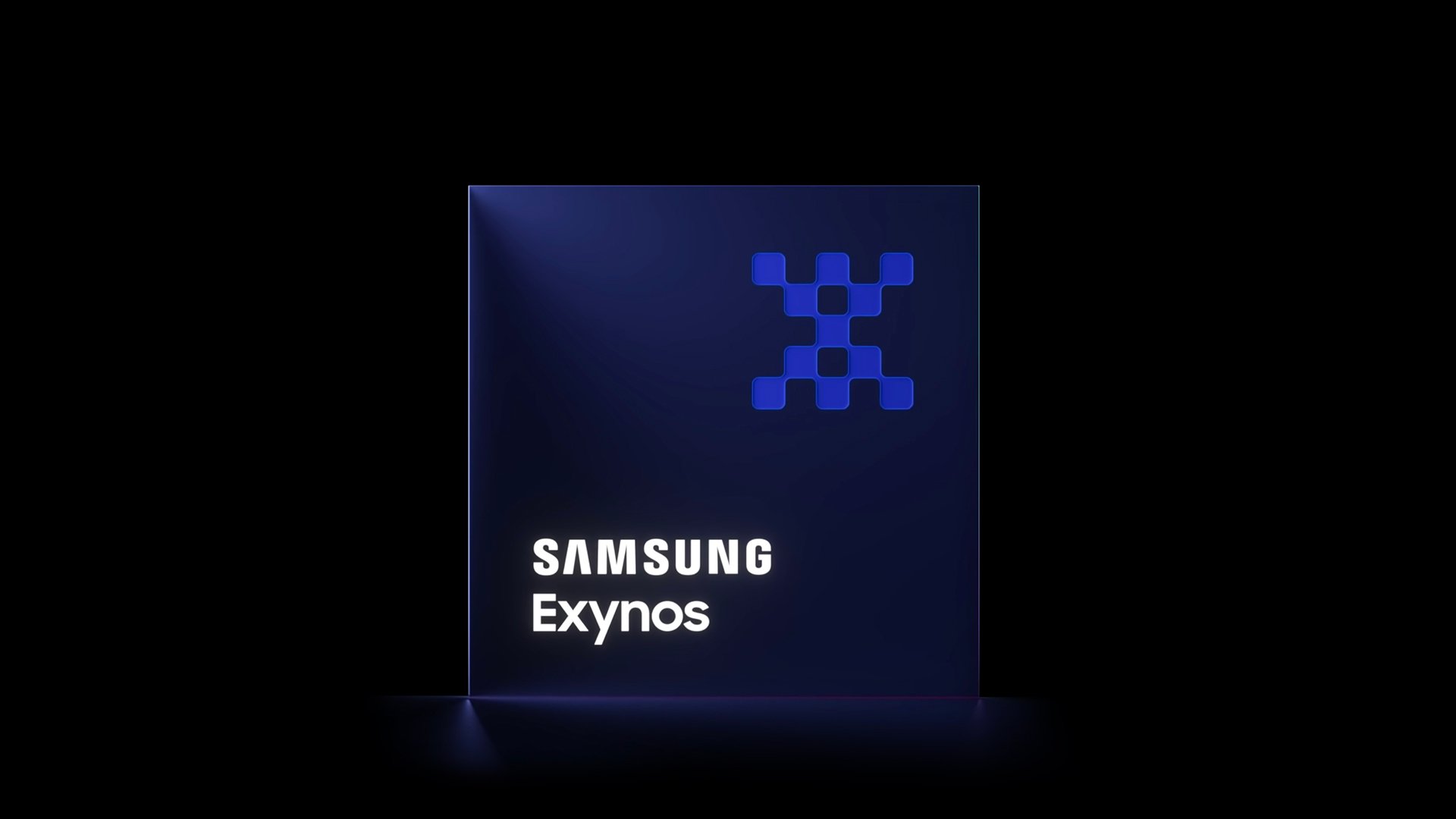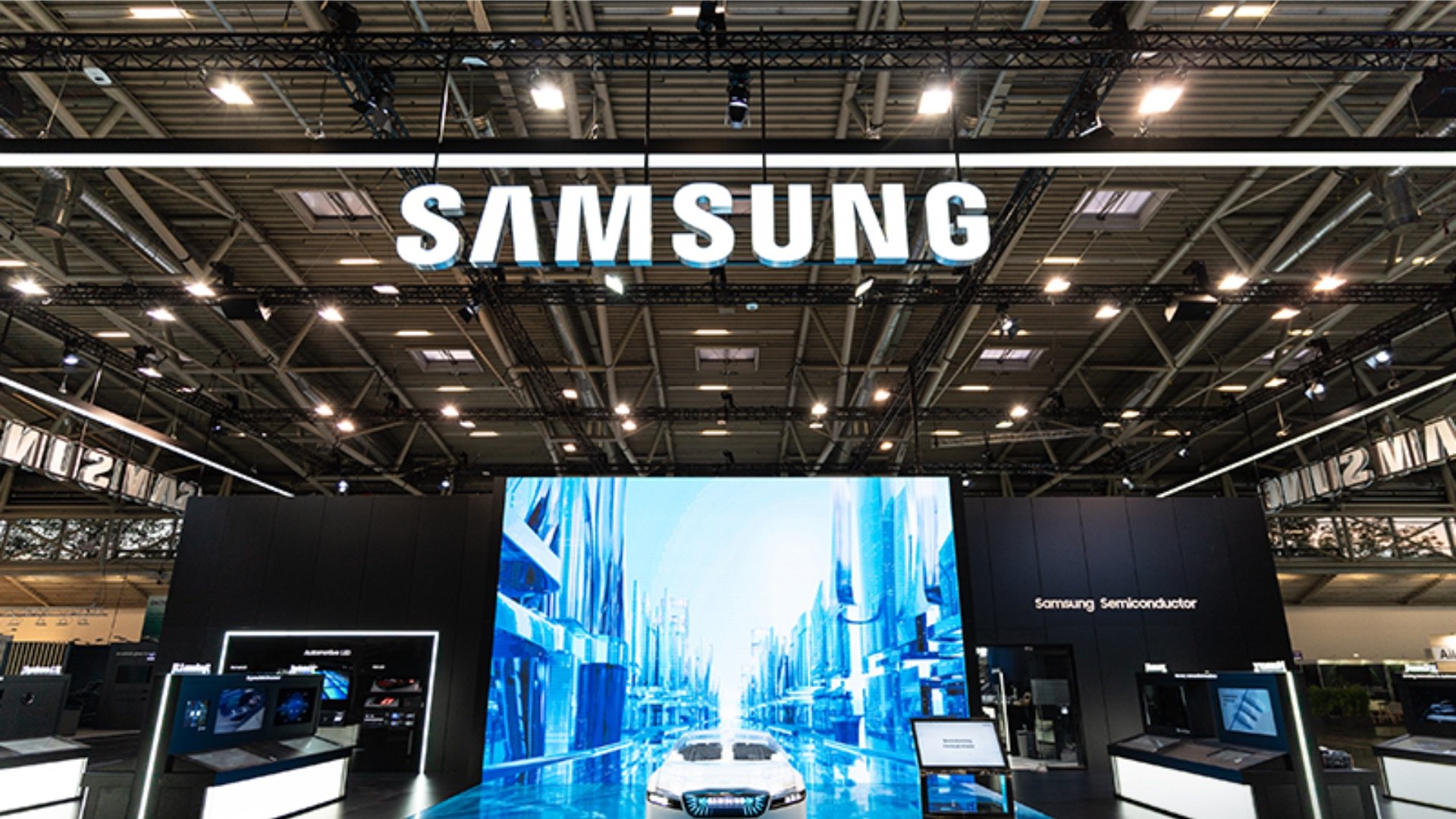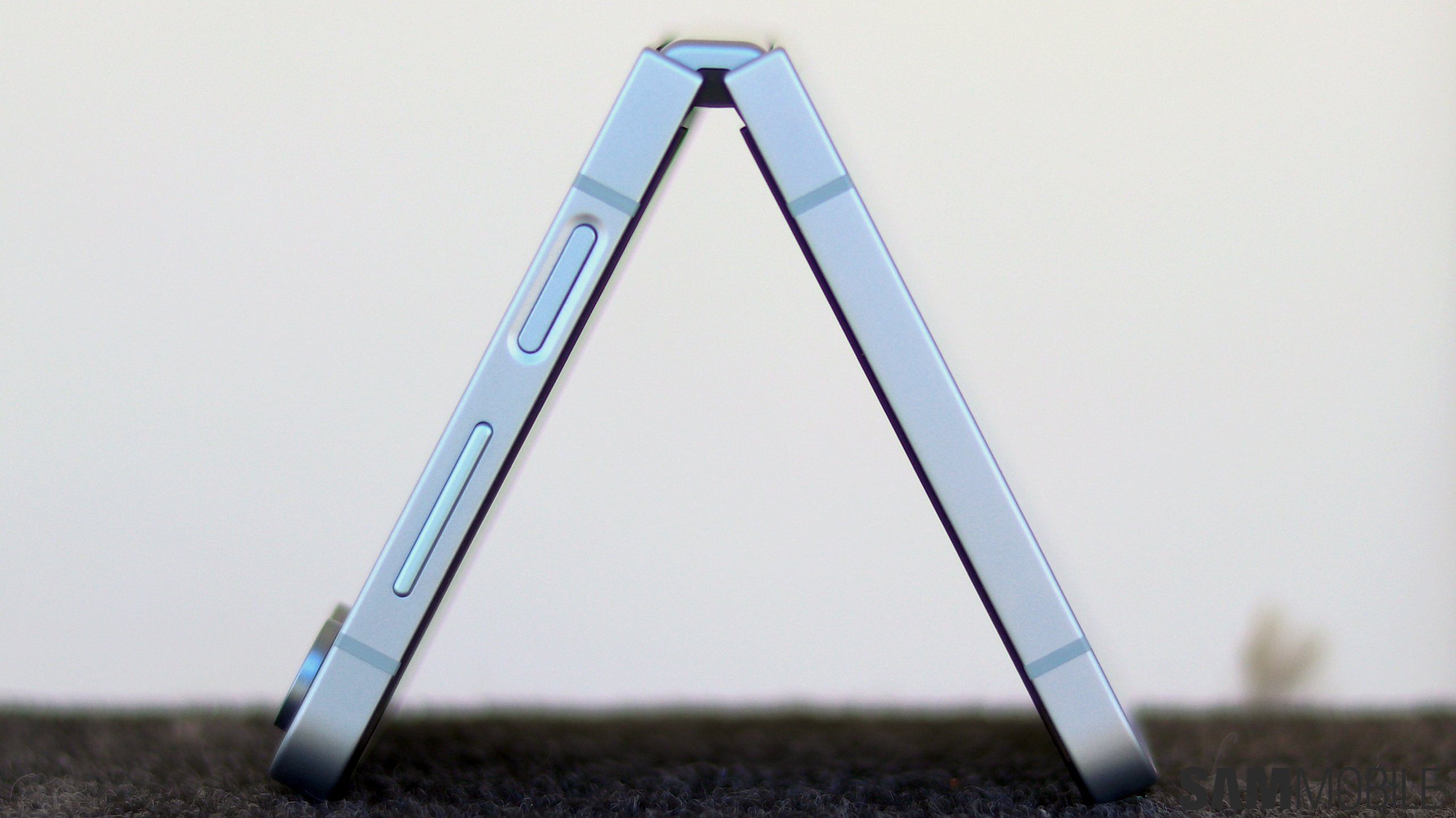
That has contributed to a significant decline in the market share of Exynos chipsets. Samsung's increasing reliance on Qualcomm's flagship chipset for its high-end phones has also taken away market share from Exynos in the premium market.
Exynos 1280 to help recover lost market share
The latest data from Counterpoint Research shows that the Qualcomm Snapdragon 700 and 800 series of high-end chipsets contributed to nearly 68% of all shipments in Q1 2022. Qualcomm's Snapdragon 8 Gen 1 flagship processor was used in 75% of all Samsung Galaxy S22 shipments.
Samsung made the Exynos 2200 as its answer to the Snapdragon 8 Gen 1. However, yield issues may have forced the company to increase the share of Snapdragon chipsets for its latest flagship series. The report mentions that the share of Samsung Exynos chipsets in the premium smartphone segment dropped from 34% in Q1 2021 to 23% in Q1 2022.
In the low-mid segment of smartphones priced between $100 – $299, the share of Exynos chipsets dropped from 10% in Q1 2021 to 7% in Q1 2022. That's largely due to Samsung opting for ODM outsourcing to make entry-level Galaxy A, F and M models. These devices are increasingly using chipsets from Qualcomm and MediaTek.
All is not lost for Exynos, though. Samsung's mass-market mid-range phones, the Galaxy A33 and Galaxy A53, both ship with the new Exynos 1280 chipset. These smartphones tend to be volume drivers in that they sell quite well across the globe. It's expected that the Exynos 1280 will enable Samsung to regain lost market share throughout the rest of the year.
Join SamMobile’s Telegram group and subscribe to our YouTube channel to get instant news updates and in-depth reviews of Samsung devices. You can also subscribe to get updates from us on Google News and follow us on Twitter.


























